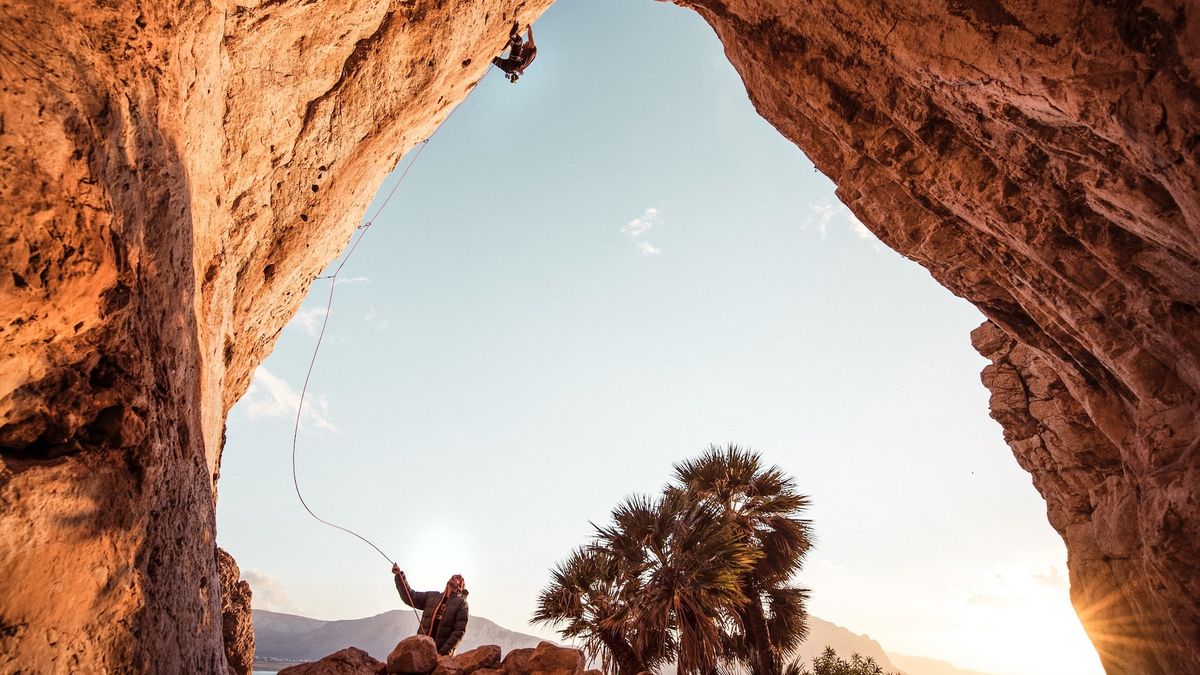There are many mysteries in life, including during the laundry process, why does bread toast perfectly the first time and then burn the next time – and why do ropes get so easily tangled? For climbers, the quest to keep ropes tangle-free is essential for safety and also necessary for saving time. A tangled rope could cause a major problem if you are belaying a climber. Any knot or tangle in the rope might prevent you from feeding out the rope properly to the lead climber, or stop an effective arresting of a fall if your climbing partner comes off the rock face or indoor climbing wall.
A tangled rope is also an issue at the start of a climbing session because it can waste valuable time as you try to untangle and uncoil it. We take a look at why climbing ropes get tangled – and how to avoid this frustration. Many people do not realise that factory coiling during the manufacture process can put a twist in the rope.
This is especially true of climbing ropes in past decades. Traditional climbing ropes are wound up and packaged as a coil. Then, if you are not careful, when you first go to uncoil the rope and use it, it can too easily turn into a tangled mess.
Pulling the rope straight from the packaging is the worst thing you can do. Instead, when you first use a new climbing rope you should unwind it exactly the same way that was wound up. The way to do this is to place the rope over your forearms and unwind it.
You should aim to “flake” a rope several times, which means r.


















